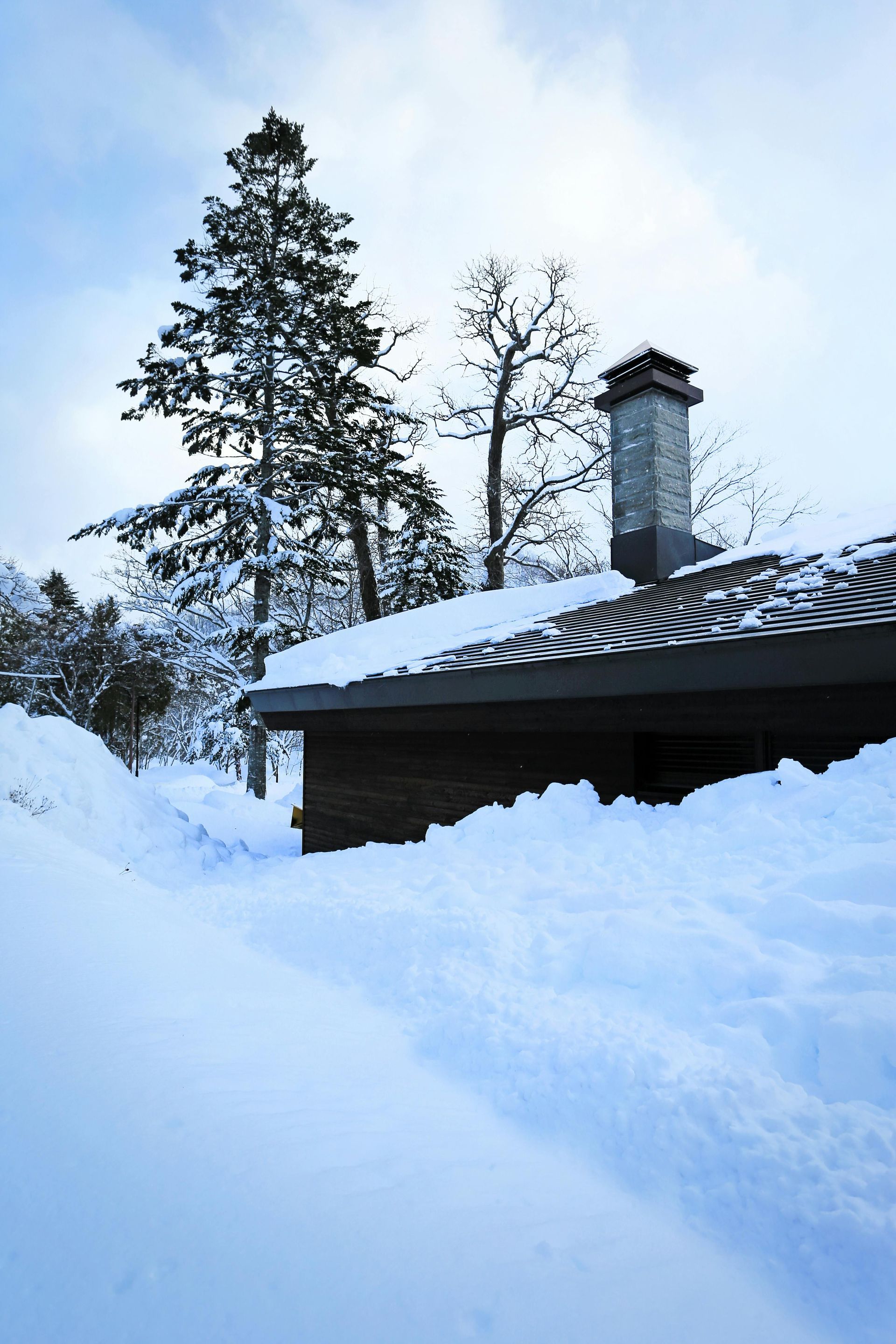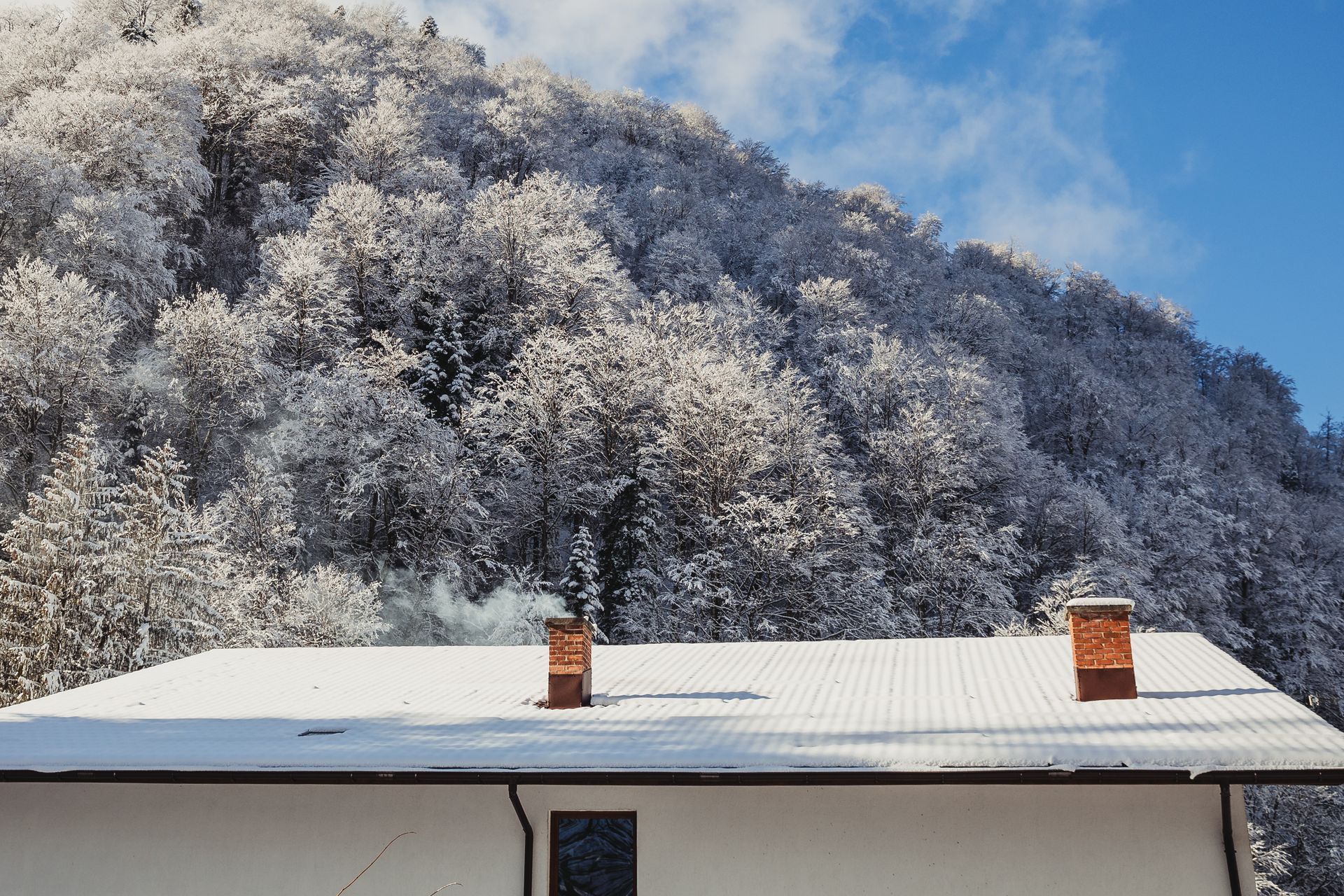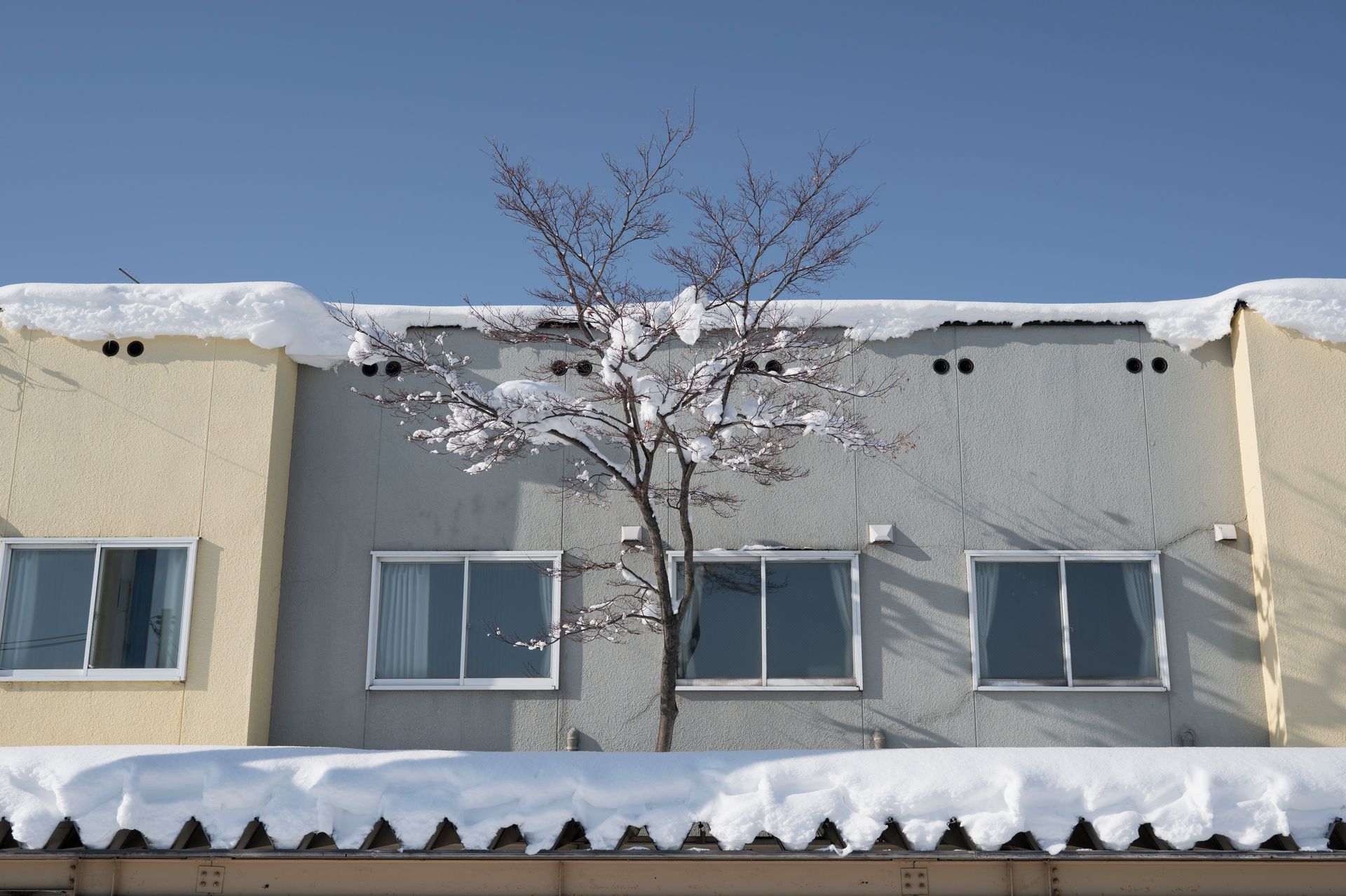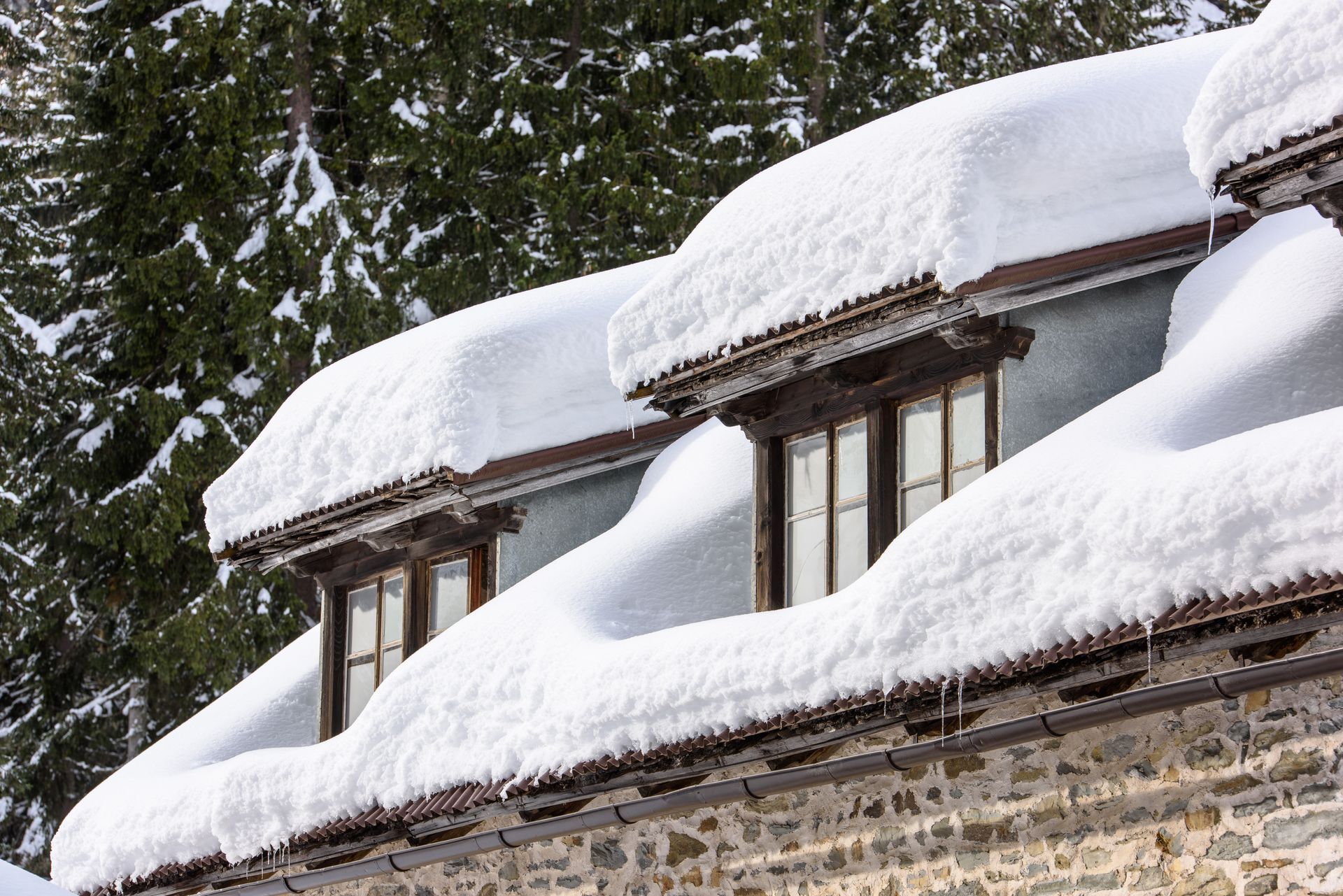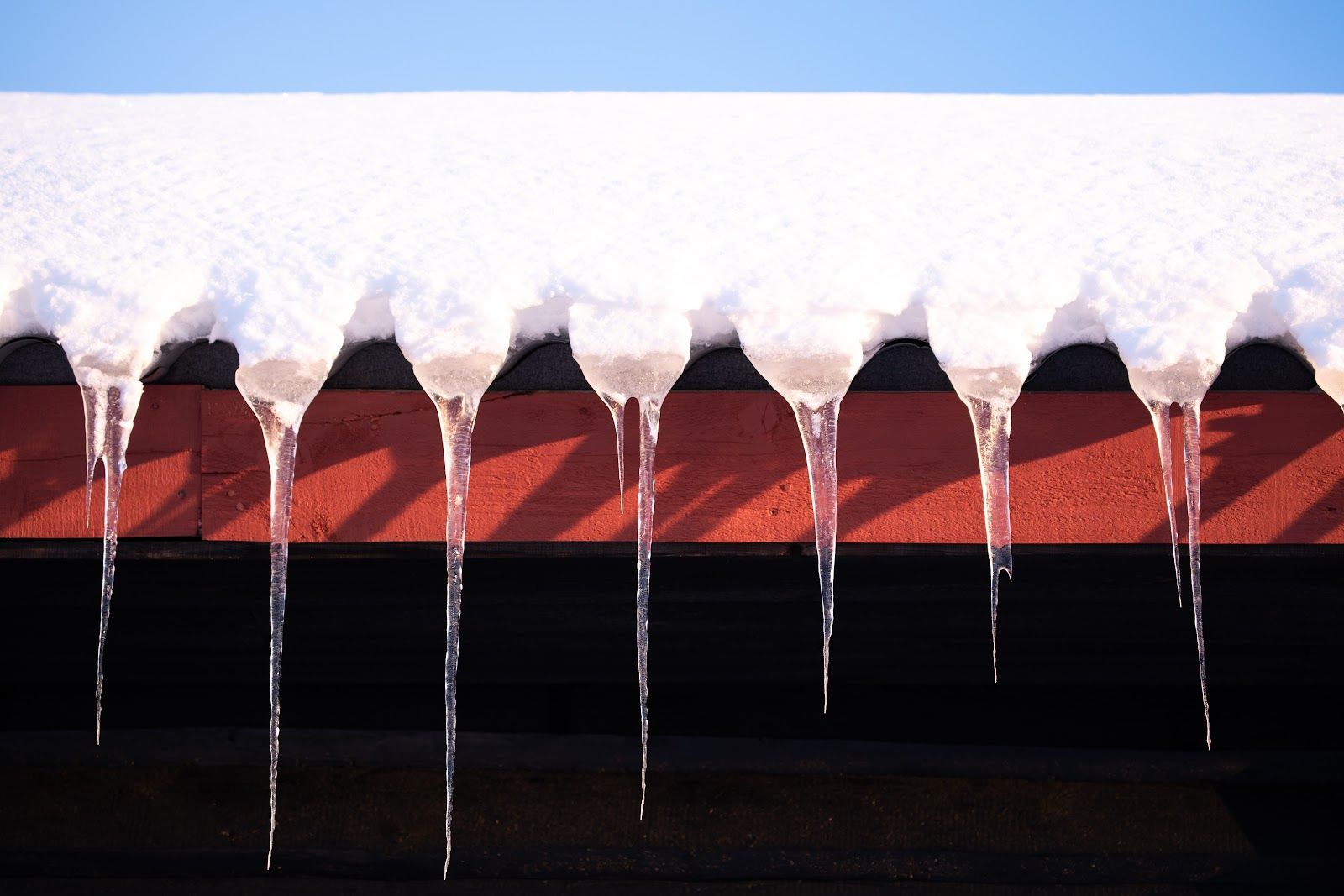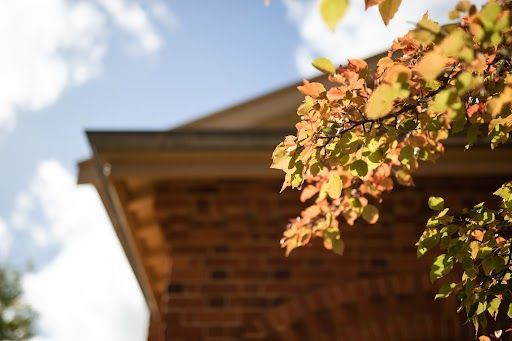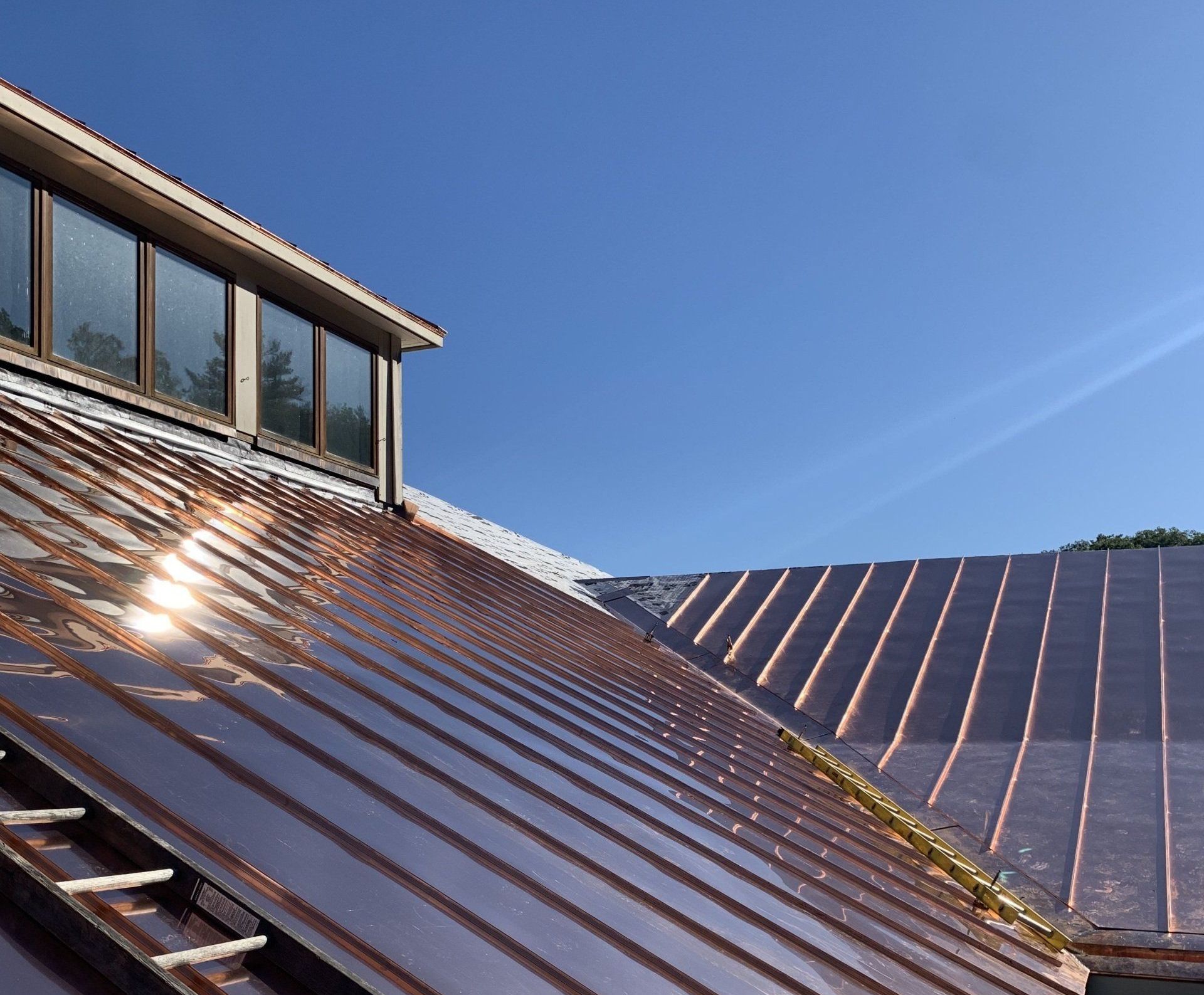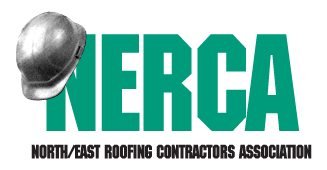Material Shortages & Their Effect On Your Roofing Project
Material Shortages & Their Effect On Your Roofing Project
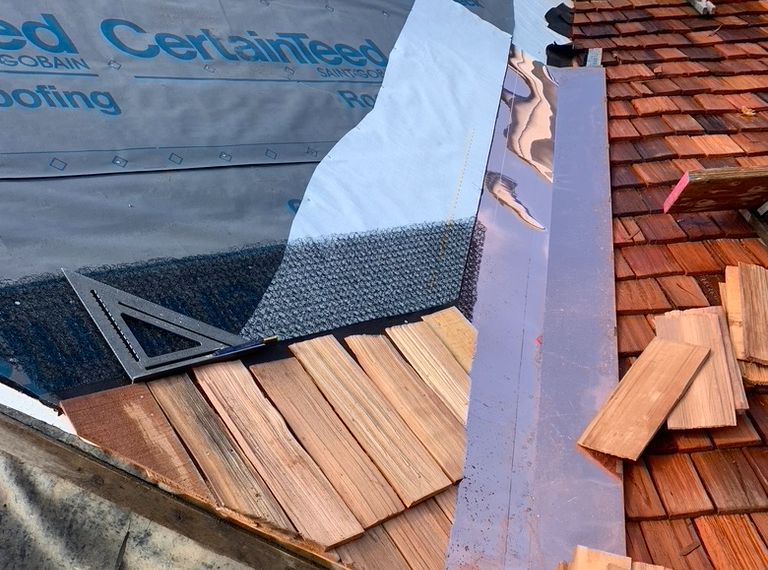
Material shortages can have a significant impact on roofing projects, causing delays, budget overruns, and frustration for both contractors and homeowners. In recent years, the construction industry has seen an increase in material shortages, with roofing materials being among the most affected.
What Causes Material Shortages?
One major factor contributing to the shortage of roofing materials is the pandemic. The COVID-19 pandemic has disrupted global supply chains and increased demand for building materials as more people are working from home and undertaking home improvement projects. This has led to a shortage of raw materials, as well as transportation and production issues, resulting in a shortage of finished products like shingles, tiles, and other roofing materials.
Another factor contributing to the material shortages is the increased demand for roofing materials due to natural disasters. Hurricanes, wildfires, and other natural disasters can cause significant damage to roofs, leading to a surge in demand for roofing materials as homeowners and contractors work to repair and rebuild.
What Is The Impact?
The impact of material shortages on roofing projects can be significant. Contractors may have difficulty obtaining the materials they need, leading to delays in the project schedule. In some cases, contractors may have to source materials from distant locations, resulting in higher transportation costs and longer lead times. For homeowners, material shortages can mean higher costs as contractors may have to pay more for the limited materials available. In some cases, homeowners may have to wait longer for their roofing project to be completed due to the unavailability of materials.
What Can Be Done?
So what can be done about material shortages in the roofing industry? Here are a few strategies that contractors and homeowners can consider:
- Plan your project in advance: The earlier you plan your project, the earlier your roofing professionals can order the required materials. Waiting until just a month or two before your project increases the likelihood of running into these issues.
- Order materials in advance: One way to mitigate the impact of material shortages is to order materials as far in advance as possible. This can help ensure that the materials are available when needed and can potentially save money by avoiding last-minute purchases at higher prices.
- Consider alternative materials: In some cases, it may be possible to use alternative materials that are more readily available. For example, if a certain type of shingle is not available, it may be possible to use a different type of shingle that is similar in appearance and performance.
- Keep an open line of communication: It’s important for contractors and homeowners to stay in communication and be transparent about any material shortages that may impact the project. This can help both parties work together to find solutions and minimize delays.
- Plan for contingencies: Material shortages can be unpredictable, so it’s important to plan for contingencies. This could include having backup materials on hand or having a Plan B in place in case certain materials are not available.
Don't let material shortages delay your project and cost you money. Now that you know what to expect, you can plan accordingly and ensure that your contractors have the time they need to get your materials and get the job done right.


